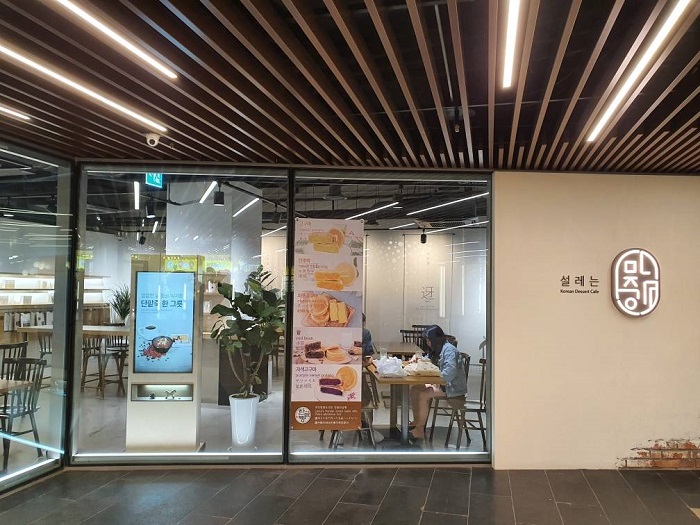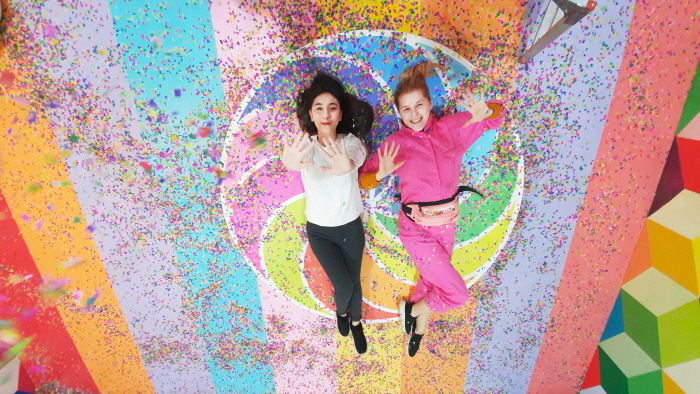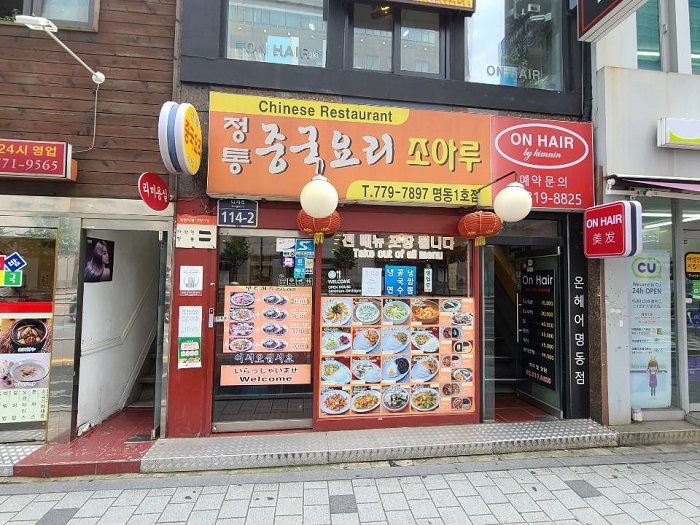Imun Seolnongtang (이문설농탕)
5.4Km 2025-06-18
38-13 Ujeongguk-ro, Jongno-gu, Seoul
+82-2-733-6526
Imun Seolnongtang has been serving its hearty seolleongtang for over a hundred years since it first opened in 1907. Even its name has a long history: the word imun comes from Imun-gol, the now-obsolete name of the restaurant’s location, and seolnongtang, an old variation of the word seolleongtang. During the Japanese colonial rule, the restaurant’s regular customers included Gijeong Son, the marathon gold-medalist at the 1936 Berlin Olympics. The meal served at this restaurante is reputed to stay consistent from the Japanese colonial period.
Too Cool for School - Myeongdong Branch (투쿨포스쿨 - 명동점)
5.4Km 2020-06-15
17-1, Myeongdong 4-gil, Jung-gu, Seoul
+82-2-2231-2710
The unique cosmetic brand TooCoolforSchool was introduced in 2009 and is a division of TODACOSA, the first chain cosmetic store in Korea. The name TooCoolforSchool reflects originality, experimentation, artistic sensibilities and the fresh, rebellious sprit of those in their teens, twenties, and thirties. The 3-story building in Myeongdong offers a cozy place for a little rest, entertainment and shopping spree for the fashion-minded cosmeholics.
Seolleneun Majung (설레는마중)
5.4Km 2021-03-30
49, Insadong-gil, Jongno-gu, Seoul
+82-2-6954-2915
It is a store that sells both traditional Korean desserts and coffee. This cafe is located in Jongno-gu, Seoul. The most famous menu is rice cake.
Color pool Museum (컬러풀뮤지엄(COLORPOOL MUSEUM))
5.4Km 2024-11-06
6F, 49 Insadong-gil, Jongno-gu, Seoul
It is an experiential museum where you can feel the variety of colors with all your senses. If you want to have a picture with a pretty background like a fairy tale, there is no better place than this museum. The pool filled with adorable pink balls is the most popular section that brings happy smiles to everyone, adults and children alike. You can also find various souvenirs related to bathing, such as exfoliating towels and natural soap.
Insa-dong Traditional Culture Festival (인사전통문화축제)
5.4Km 2022-10-27
49 , Insadong-gil, Jongno-gu, Seoul
• 1330 Travel Hotline: +82-2-1330 (Korean, English, Japanese, Chinese) • For more info: +82-2-737-7890
Celebrated annually since 1987, Insa-dong Traditional Culture Festival is a feast of Korean culture and art, hosted by the Traditional Culture Preservation Society and the Ministry of Culture, Sports, and Tourism. The festival features an international folk festival, parade, and singing contest. Street events include ceramic art demonstrations, portrait drawings by street artists, and making traditional rice cakes.
Jeongtong Junghwayori Joaru - Myeong-dong Branch(정통중화요리조아루 명동)
5.4Km 2021-04-16
1-8, Hoehyeon-dong, 3(sam)-ga, Jung-gu, Seoul
+82-2-779-7897
A Chinese restaurant frequented by workers in Myeong-dong. This restaurant's signature menu is noodles in black bean sauce. This Chinese (cuisine) restaurant is located in Jung-gu, Seoul.
Line Friends - Insa Branch [Tax Refund Shop] (라인프렌즈 인사점)
5.4Km 2024-04-16
49, Insadong-gil, Jongno-gu, Seoul
-
KongKongY Gallery [Tax Refund Shop] (콩콩이 그림가게)
5.4Km 2024-04-19
Store #325, 3F, 49, Insadong-gil, Jongno-gu, Seoul
-
Bachi Ring (UMC Jewelry) [Tax Refund Shop] (바치링(UMC쥬얼리))
5.4Km 2024-04-19
#414, 49, Insadong-gil, Jongno-gu, Seoul
-
Seoul Museum of Craft Art (SeMoCA) (서울공예박물관)
5.4Km 2025-06-19
4 Yulgok-ro 3-gil, Jongno-gu, Seoul
The Seoul Museum of Craft Art (SeMoCA), the first public museum of craft art in Korea, opened its doors in Anguk-dong, Jongno-gu, in July 2021 after renovating five buildings of the former Pungmoon Girls’ High School. SeMoCA studies and shares not only works, but also information, records, people, and environment related to craft art with the goal of becoming a dynamic platform for experiencing the technical, practical, artistic, and cultural values of craft.
SeMoCA holds a collection that comprises various crafts and craft materials covering multiple fields and eras from the traditional to the present. SeMoCA also holds exhibitions that feature the history of craft from traditional to contemporary art as well as local and children’s crafts, along with programs that utilize the museum’s craft installations, craft archives, craft library, and craft resource management system.
The site of the museum has deep historical roots as it is also the Andong Secondary Palace Site, where a detached palace was constructed as a royal residence for King Sejong’s son Prince Yeongeung, and served as a venue for royal celebrations, such as the wedding of King Sunjong. The site is also at the center of Jongno-gu, where Joseon-era master artisans (“gyeonggongjang”) of the royal palace produced and delivered craft works.




 English
English
 한국어
한국어 日本語
日本語 中文(简体)
中文(简体) Deutsch
Deutsch Français
Français Español
Español Русский
Русский